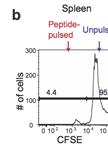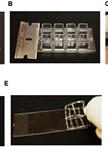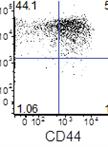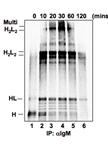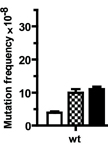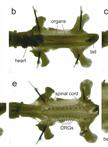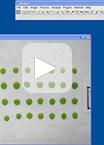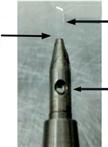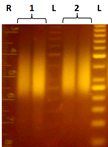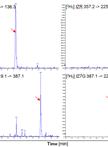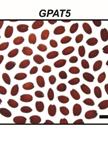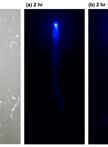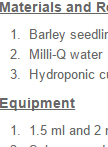往期刊物2014
卷册: 4, 期号: 13
免疫学
Murine in vivo CD8+ T Cell Killing Assay
鼠体内 CD8+ T淋巴细胞杀菌分析
Phagolysosomal Trafficking Assay
吞噬溶酶体的胞内转运分析
Murine in vitro Memory T Cell Differentiation
鼠源记忆性T淋巴细胞的体外分化
Pulse Chase of Suspension Cells
悬浮细胞的脉冲追踪
微生物学
Determination of Rifampicin-resistance Mutation Frequency and Analysis of Mutation Spectra in Mycobacteria
分枝杆菌中利福平耐药性突变频率的测定和突变频谱分析
神经科学
Open-book Preparations from Chick Embryos and DiI Labeling of Commissural Axons
雏鸡胚胎的开放式制备和合缝轴突的DiI标记
植物科学
Analyses of Plant Leaf Cell Size, Density and Number, as Well as Trichome Number Using Cell Counter Plugin
采用细胞计数器插件分析植株叶片细胞大小、密度和数量以及表皮毛数量
Grafting Arabidopsis
拟南芥嫁接实验
Plant Sequence Capture Optimised for Illumina Sequencing
优化用于Illumina测序的植物序列捕获技术
Cytokinin Analysis: Sample Preparation and Quantification
细胞分裂素分析:样本制备和定量测定
Seed Coat Permeability Test: Tetrazolium Penetration Assay
种皮渗透性测试:四唑四氮唑蓝渗透分析
Autoradiography of Pi Distribution in Barley Seedlings
大麦幼苗中磷分布的放射性自显影
Extraction of Nonstructural Carbon and Cellulose from Wood for Radiocarbon Analysis
提取木材中的非结构性碳和纤维素用于放射性碳素分析
Extraction of Ions from Leaf Sections
叶片切片的离子提取


